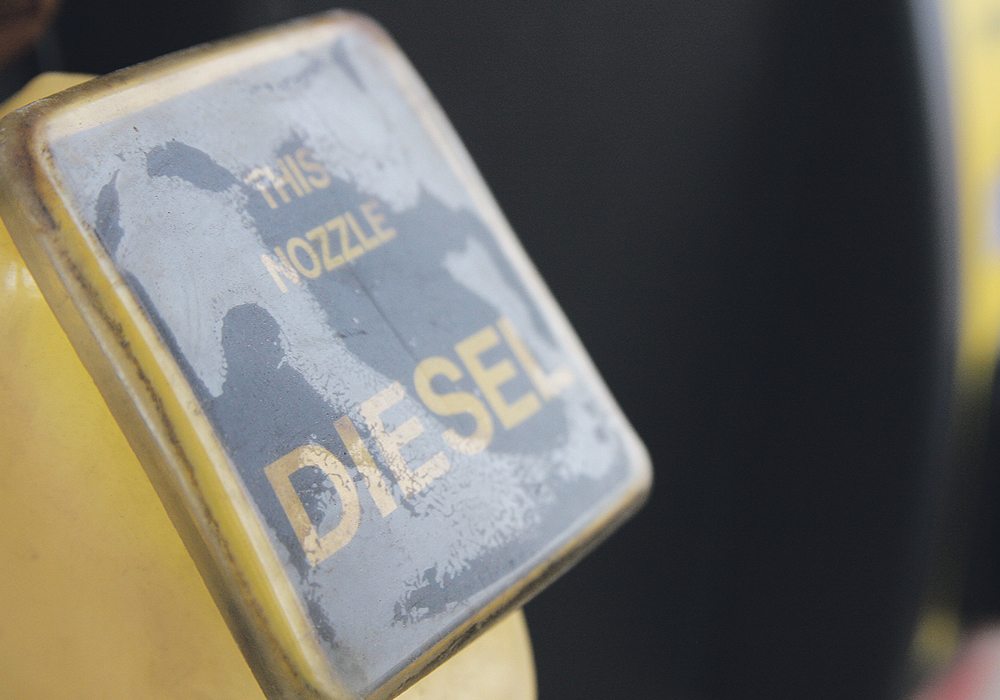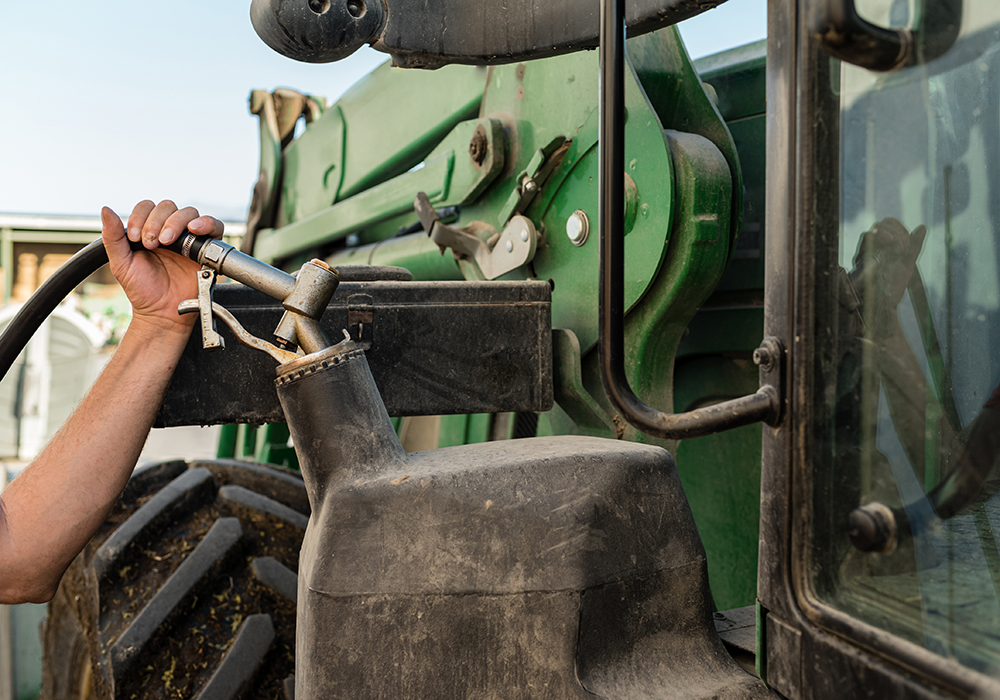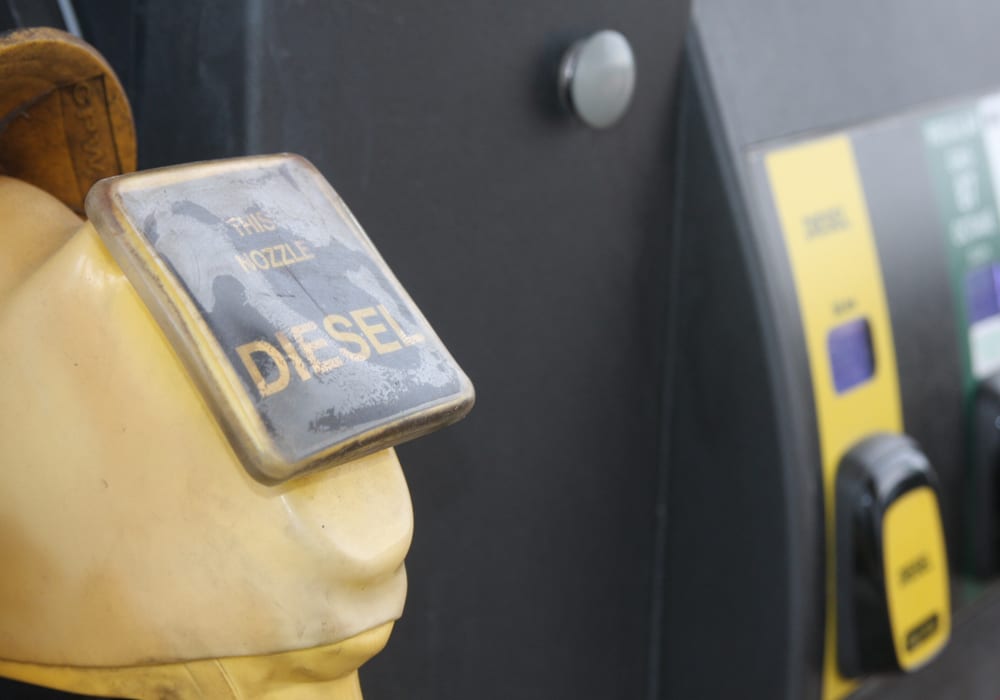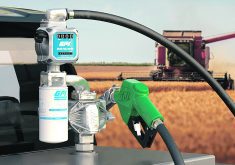Farmers are paying a lot more for their diesel this spring than they have the past couple years.
Prices averaged 99 cents per litre in March, according to Alberta Agriculture’s farm input survey. That is up 11 percent from last year and 39 percent from the same month two years ago.
“This will probably be one of the biggest cost increases farmers incur,” said Ryan Furtas, input market analyst with Alberta Agriculture.
He said the main factor behind steadily rising diesel prices is steadily climbing crude oil prices that have shot up to about $77 per barrel from a low of $30 per barrel in early 2016.
Read Also

Farming Smarter receives financial boost from Alberta government for potato research
Farming Smarter near Lethbridge got a boost to its research equipment, thanks to the Alberta government’s increase in funding for research associations.
An uptick in economic activity in North America is also boosting diesel demand and prices, as is the usual spring and summer increase in truck traffic and farm activity.
Furtas said fertilizer, seed and chemical are the big three inputs followed by diesel on many farms.
“Come seeding and harvest there’s no way around it; you’ve got to be putting fuel in the tanks,” he said.
Diesel accounts for nine percent of the total variable expenses of growing a spring wheat crop in Saskatchewan’s brown soil zone and seven percent of canola’s variable expenses, according to Saskatchewan Agriculture’s Crop Planning Guide.
Doyle Wiebe, a farmer from Langham, Sask., said there is little growers can do about rising diesel prices.
“I didn’t know they were high. I haven’t even looked,” he said.
“It’s something you just have to keep buying and I guess I’ll see what the price tag is later.”
He estimated that diesel fuel comprises 12 to 15 percent of his overall operating costs but with the recent increases, it could reach 15 to 20 percent.
“That’s a significant change to the budget,” said Doyle.
“It’s significant but it’s not like it’s critical. It’s not our biggest expense or anything.”
And there is not much farmers can do about rising diesel costs. It isn’t an input that most growers can buy in advance.
He is more concerned about the strengthening Canadian dollar, which is driving down grain prices.
Furtas said the rising dollar also has some positive impacts because it reduces the cost of many United States-based crop inputs.
But that increased buying power could be offset by the continued escalation in crude oil prices, which some analysts believe will happen due to geopolitical turmoil in places like Iran.
“That could ramp up the price of oil, which could justify the (diesel) price increasing,” said Furtas.


















